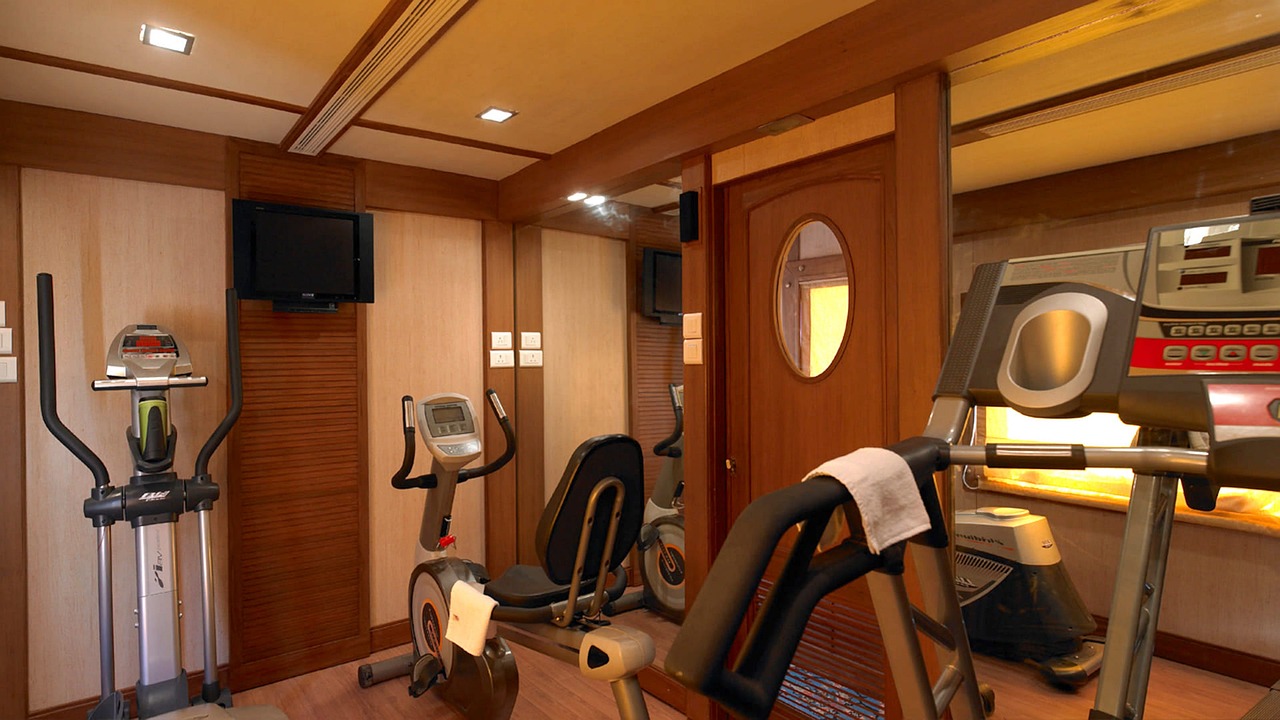Many gym-goers follow traditional training principles without questioning their effectiveness. When I first started training, I simply copied what others in the gym were doing. But does common gym wisdom hold up under scientific scrutiny? This article explores widespread workout myths and provides evidence-based strategies for achieving the best results.
The One-Hour Workout Myth
One of the biggest misconceptions is that a workout must last exactly one hour. This belief likely originates from bodybuilding culture but lacks scientific backing. Many people waste time by incorporating excessive exercises, resting too long, or overemphasizing warm-ups and stretching. In reality, workouts should be tailored to intensity rather than arbitrary time frames. Studies suggest that training duration should vary based on individual goals. For instance, high-intensity resistance training can yield optimal muscle growth and strength gains within 30-45 minutes if performed correctly. Overly long sessions can increase cortisol levels, which may counteract muscle-building efforts.
Focus on Compound Movements
Another common mistake is an excessive focus on isolation exercises. For example, some believe that a complete chest workout requires flat, incline, and decline bench presses, followed by dumbbell flyes. However, research supports that 3-5 sets of heavy barbell bench presses can be sufficient to build upper-body pushing strength and muscle mass.
Compound exercises such as squats, deadlifts, and pull-ups recruit multiple muscle groups simultaneously, leading to more efficient workouts. Isolation exercises have their place in advanced training programs but should not be the foundation of a routine.
The Role of Progressive Overload
For continuous improvement, progressive overload is essential. This principle involves gradually increasing the demands on your muscles by adjusting weight, volume, or intensity. Many fitness enthusiasts fall into the "muscle confusion" trap, frequently changing exercises under the belief that variation stimulates growth. However, constant variation can prevent the body from adapting to any specific stimulus.
Instead, consistency is key. Sticking to a few core exercises and progressively increasing weight or reps over time is the most effective strategy for building strength and muscle.
Rest Periods and Supersets
Rest intervals between sets should be optimized based on training goals. For strength, longer rest periods (2-3 minutes) allow for maximal force output. For hypertrophy, moderate rest (30-90 seconds) promotes metabolic stress and muscle growth. High-intensity training benefits from minimal rest to maintain cardiovascular engagement.
Supersets, which involve alternating between exercises with minimal rest, enhance training efficiency and endurance. For example, pairing push and pull movements (e.g., bench press and pull-ups) allows for shorter, more effective workouts.
Stretching and Warm-Ups
Stretching is another controversial topic. Static stretching before workouts was once thought to prevent injuries, but recent studies indicate it can reduce power output and strength. Instead, dynamic warm-ups that mimic exercise movements enhance mobility, increase blood flow, and prepare the body for activity.
Effective warm-ups should last around 5 minutes and include activities such as jumping jacks, dynamic lunges, and light resistance exercises. Post-workout stretching can aid recovery but should not be the primary focus.
Short, Intense, Effective Workouts
Contrary to popular belief, longer workouts do not necessarily yield better results. A well-structured 30-45 minute session that focuses on 4-5 compound exercises can be more effective than a drawn-out, unfocused routine. Sample exercises for an efficient full-body workout include:
- Squats or deadlifts
- Barbell bench press
- Pull-ups or inverted rows
- Hanging leg raises
- Overhead press or dips
By minimizing rest periods and incorporating supersets, workouts become both time-efficient and highly productive.
The effectiveness of a workout is not determined by its duration but by its intensity and structure. Avoiding common myths and following science-backed principles can maximize muscle growth, strength, and overall fitness. Focus on compound exercises, apply progressive overload, keep workouts short and intense, and optimize rest periods to achieve the best results.
Sources:
- Journal of Strength and Conditioning Research (latest studies on training duration and effectiveness)
- American College of Sports Medicine (guidelines on exercise selection and progressive overload)
- National Strength and Conditioning Association (NSCA) (research on warm-ups and injury prevention)













